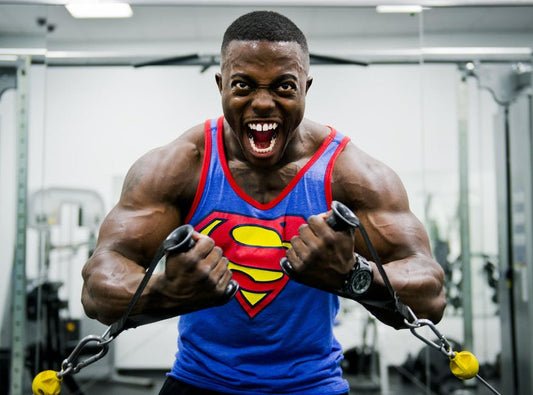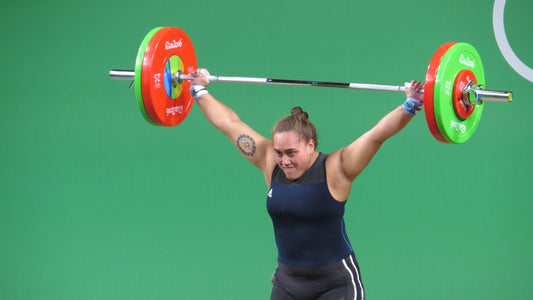CrossFit

Top Muscle Groups Often Neglected during Cross ...
During a CrossFit workout, there is a tendency to exercise some muscle groups more than others. The ones particularly focused on are those that look great under your t-shirt. While...
Top Muscle Groups Often Neglected during Cross ...
During a CrossFit workout, there is a tendency to exercise some muscle groups more than others. The ones particularly focused on are those that look great under your t-shirt. While...

Top 5 Cross Training Training Shoe Brands Other...
Brands at times do shy away from supporting alternative sports whose future may not look promising. However, Reebok is different. They developed the first shoe to be used in CrossFit,...
Top 5 Cross Training Training Shoe Brands Other...
Brands at times do shy away from supporting alternative sports whose future may not look promising. However, Reebok is different. They developed the first shoe to be used in CrossFit,...

Cross Training diet : The Ultimate Protein Supp...
According to research, 20% of people suffer from one kind of knee pain or the other. This percentage may be higher within the weightlifting population. There are many causes of...
Cross Training diet : The Ultimate Protein Supp...
According to research, 20% of people suffer from one kind of knee pain or the other. This percentage may be higher within the weightlifting population. There are many causes of...

The Secret to Building Big, Healthy Shoulders i...
Many athletes rest comfortably on lateral raises and conventional pressing not knowing that they are selling themselves short when it comes to shoulder building. There is a lot more that...
The Secret to Building Big, Healthy Shoulders i...
Many athletes rest comfortably on lateral raises and conventional pressing not knowing that they are selling themselves short when it comes to shoulder building. There is a lot more that...

Cross Training workout: Boosting Your Strength ...
The benefit of jumps is that they help in muscle fiber recruitment. Through the various jumps, you can recruit the dormant muscle fibers, enhance the efficiency of your nervous system,...
Cross Training workout: Boosting Your Strength ...
The benefit of jumps is that they help in muscle fiber recruitment. Through the various jumps, you can recruit the dormant muscle fibers, enhance the efficiency of your nervous system,...

Weightlifting Myths in Cross Training Workouts ...
People who have never been into CrossFit have all sorts of notions concerning women taking part in weightlifting. Somehow, they think that instead of some serious weightlifting, they work out...
Weightlifting Myths in Cross Training Workouts ...
People who have never been into CrossFit have all sorts of notions concerning women taking part in weightlifting. Somehow, they think that instead of some serious weightlifting, they work out...

